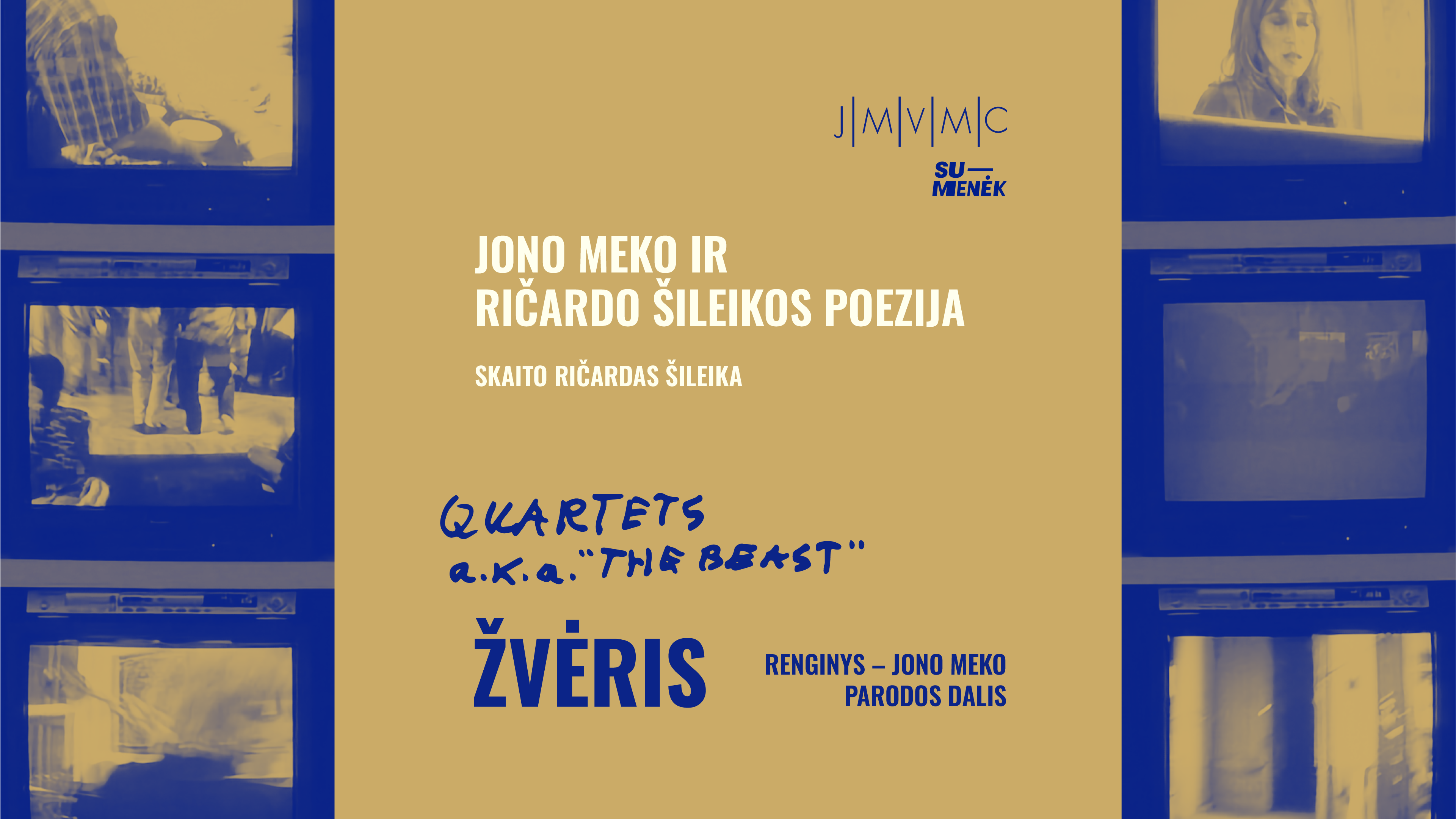2016 12 29 – 2017 02 12. D. Vaičekauskas “Dekonstrukcijos/Deconstructoins”
Darius Vaičekauskas’ Dekonstrukcijos/Deconstructions exhibition will open at the Jonas Mekas Visual Arts Center (Malūnų g. 8, Vilnius) on December 29 at 18.00.
Darius Vaičekauskas has consistently worked on various photographic deconstructive methods for the past 10 years, essentially coming into conflict with traditional photography, post-photography and the problematics of conceptualism, while at the same time remaining behind them or between them. The avoidance of a strict classification is a deliberate tactic on the artist’s part, providing him with the opportunity to “reject” photography, but to remain in its territory.
The Dekonstrukcijos/Deconstructions series is based on this rejection or “double destruction” tactic, where Vaičekauskas chooses the works of various Lithuanian photographers, classicists and non-classicists and “destroys” them by shredding them into horizontal pieces. In this way, a colleague’s creation or a certain iconic (re)presentation (not the original, but a digital copy?) is symbolically destroyed and, at the same time, the artist escapes his aura of being exceptional. So, it is as if the act of “destruction” represents the history of Lithuanian photography and its hierarchy. However, “destruction” is only the initial intent because Vaičekauskas’ deconstruction leads to a new meaning or an interception into the existing system.
Vaičekauskas not only refutes the “institution” of an individual author, as much as it reverses and mixes up the focus of the meaning of this concept. During the process of deconstruction, there is a reconstruction that takes place according to a system during which copies of colleague(s)’ photographers’ works are not only meticulously shredded into equal horizontal strips, but also put back together in accordance with the content by turning them upside down horizontally and vertically. In this way, the original source, i.e. the original image, retains its basic structure, remains recognizable and “readable” to a certain extent, however, at the same time, is totally different and original (?) as the work of a different artist. So, we’re faced with an inside out or doubly reversed image that has also turned the artists’ institution upside down directly and also figuratively.
It becomes unclear as to what we are seeing – a quote from the history of Lithuanian photography or an original work of art imitating a “quote” because the act of quoting is also turned upside down – it’s no longer clear if Vaičekauskas is quoting (neo)classicists or are they are quoting him?







Leave a Reply